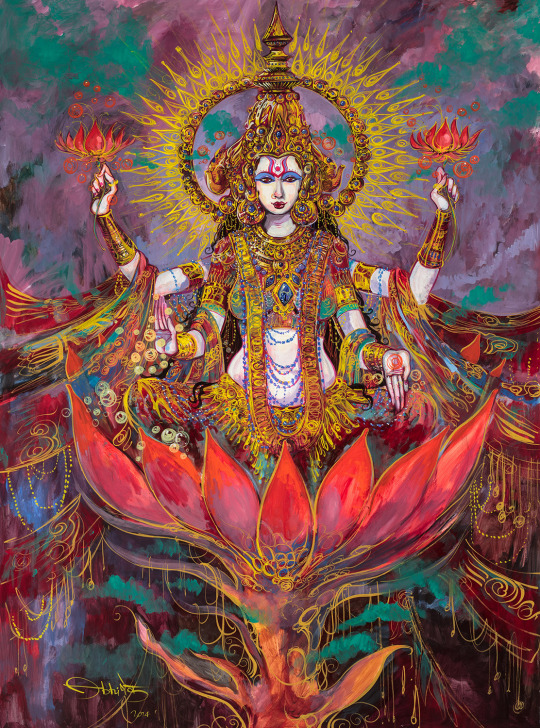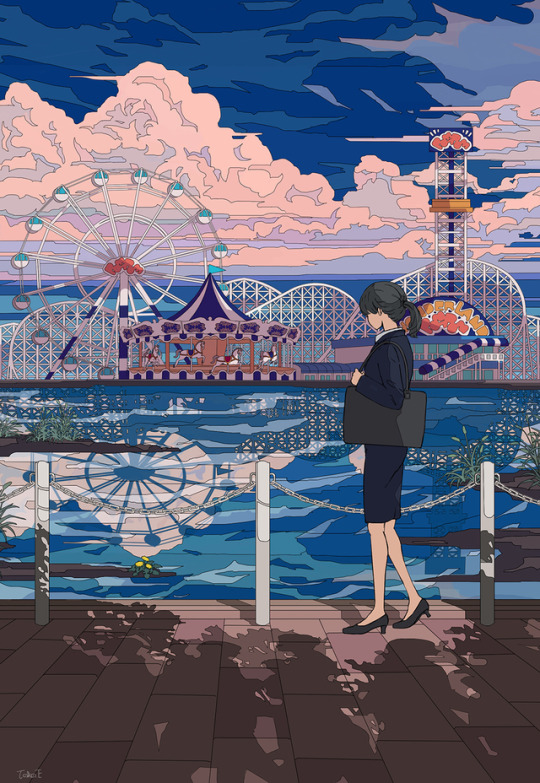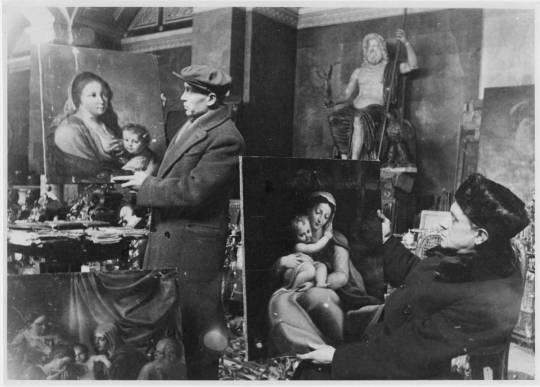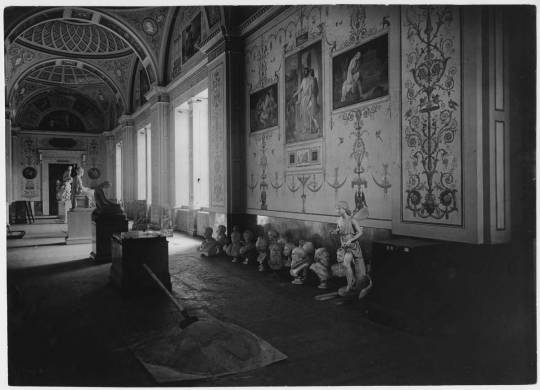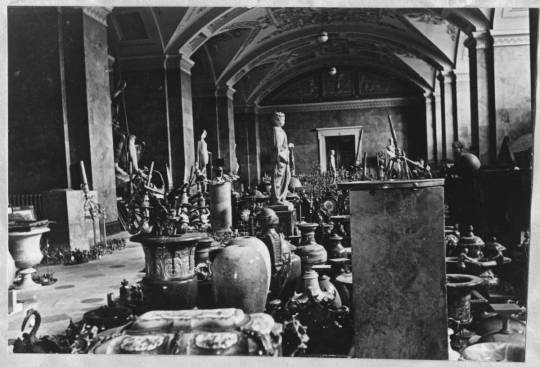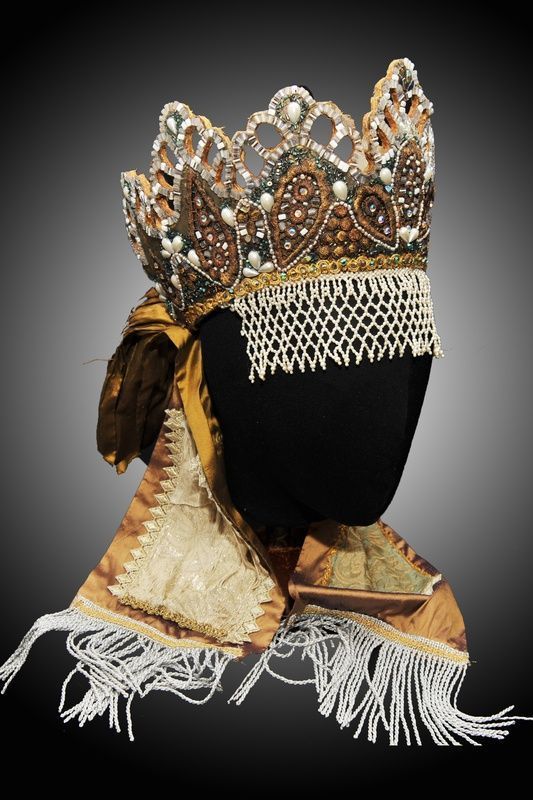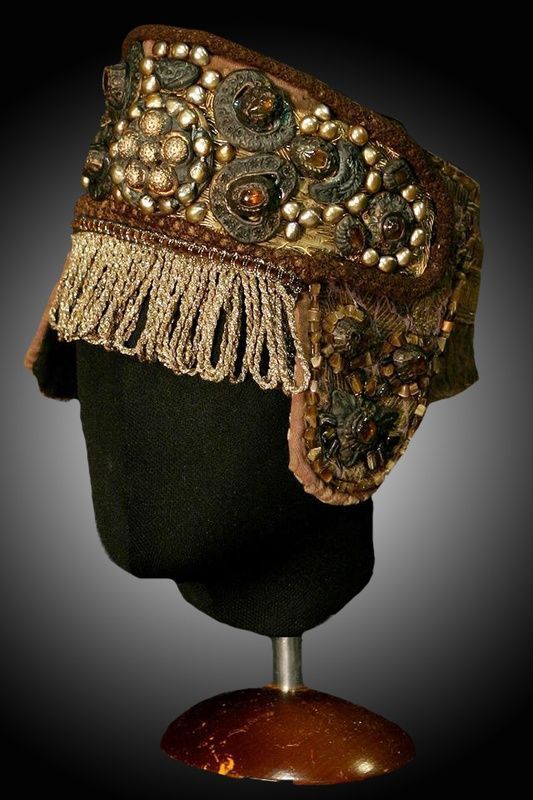Photo
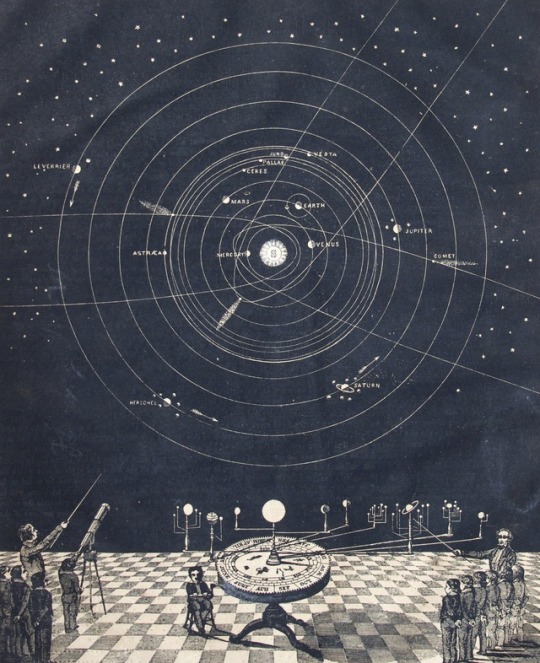
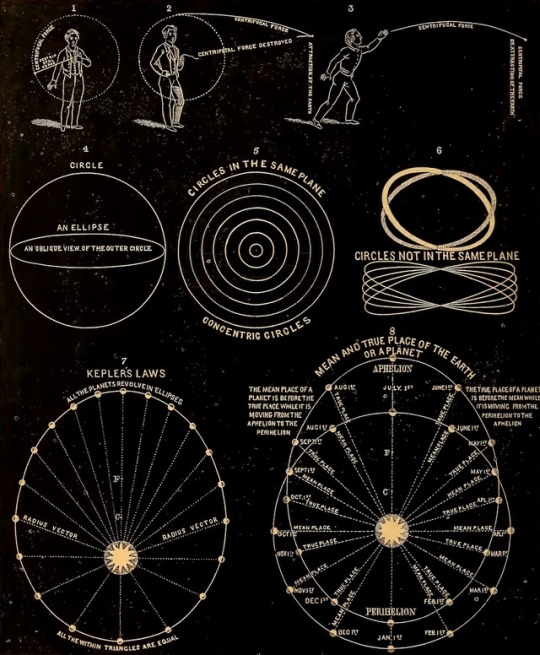




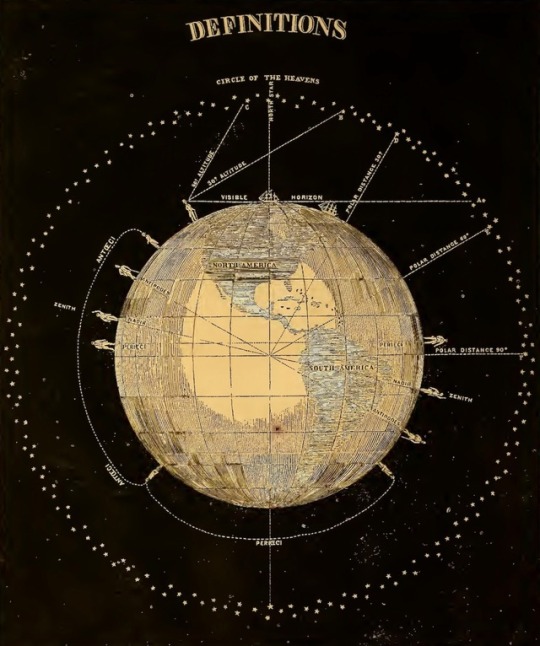



Asa Smith. Smith’s Illustrated Astronomy. 1851.
8K notes
·
View notes
Photo
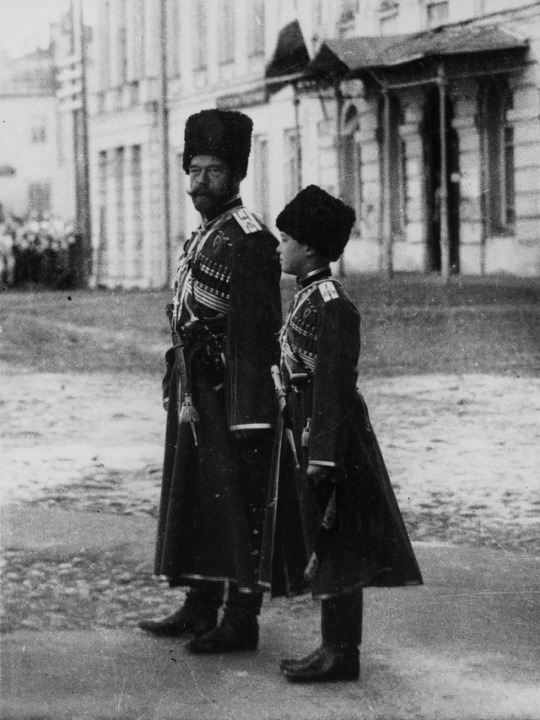
Tsar Nicholas II and his son Tsarevich Alexei, c. 1916.
768 notes
·
View notes
Photo
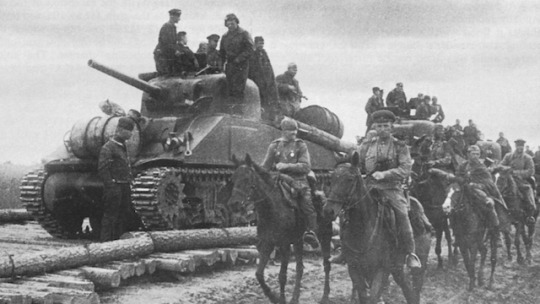
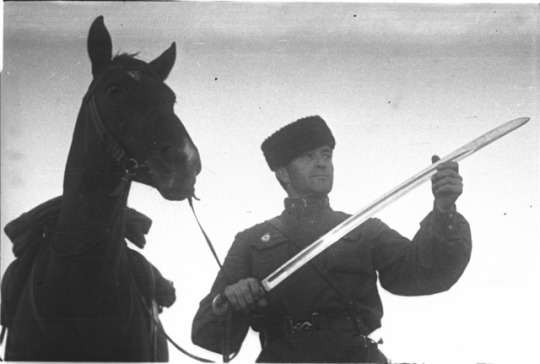
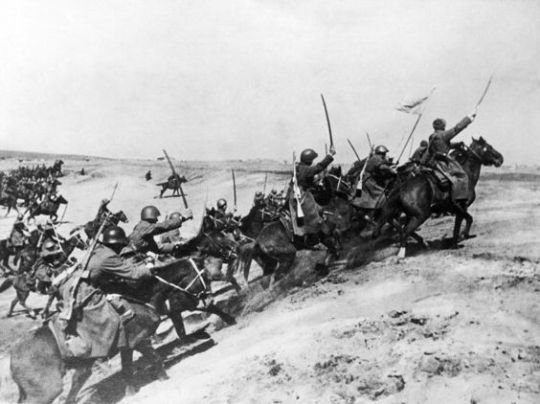
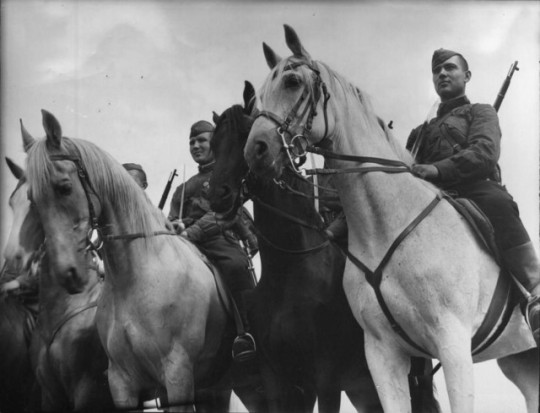
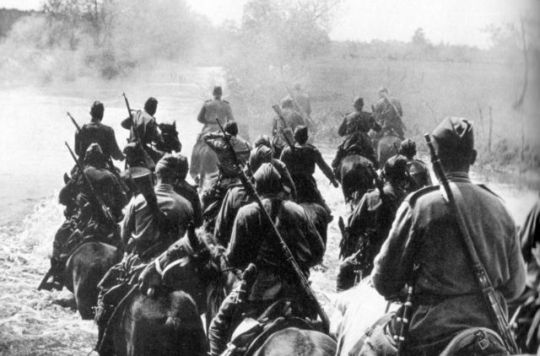
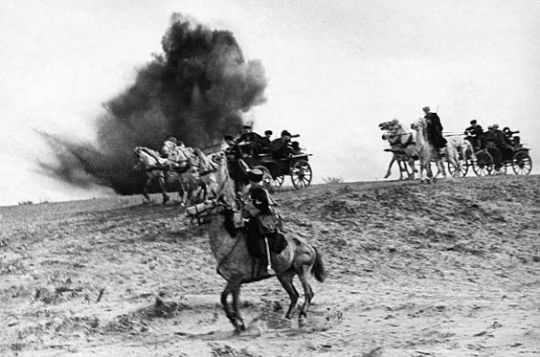
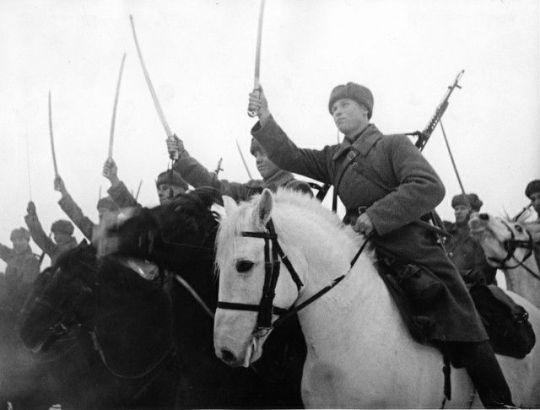
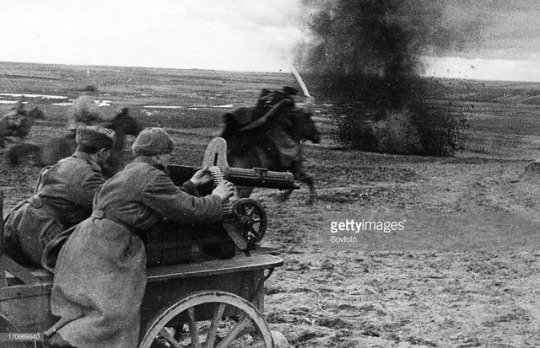
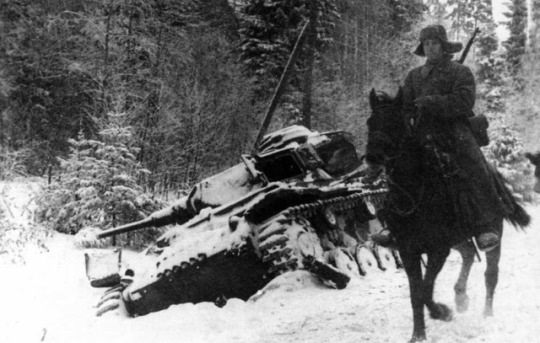
Soviet Horse Cavalry 1941-1945
“I though nothing could surprise me, having been sent to serve in a mortar unit after studying in an artillery school, but to be sent to the cavalry! (…) I was impressed with the origin, traditions, and titles of my new unit. Nevertheless, I thought cavalry had no place in modern warfare and decided to leave the unit immediately after receiving my next wound. Later, however, my opinion radically changed, and I always returned to the cavalry after recovering from wounds.
It is important to say a word about our battle horses. They were real soldiers like us and well understood what they had to do, either on the march or during a charge. We did not need to strike them with whips: they themselves knew from the situation when they had to gallop forward at breakneck speed, without paying attention to firing and explosions all around. Each rider loved and respected his battle-tested horse, which in many cases saved his skin. A battle-tried horse was much more valuable to us than the best racing thoroughbred that had never seen action. Battle-tried horses never got scared under fire and were capable of fulfilling any task on the battlefield.
I must say such sabre charges did not happen often, and in most battles the riders fought on foot, using horses only as a means of transportation. When we encountered strong German resistance, we would get off our horses and fight as infantry, while the grooms (there were about ten per squadron) would gather our horses and take them to a safe spot. It was only if the Germans panicked and fled that we charged with sabres. During two years of fighting in a cavalry regiment, I only saw some five charges.”
- Ivan Yakushin, officer in the 5th Guards Cavalry Division
1K notes
·
View notes
Photo
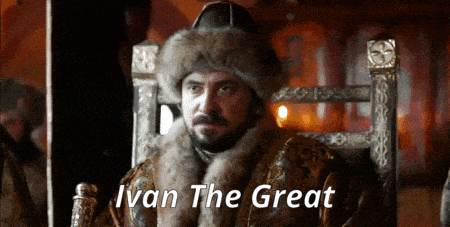

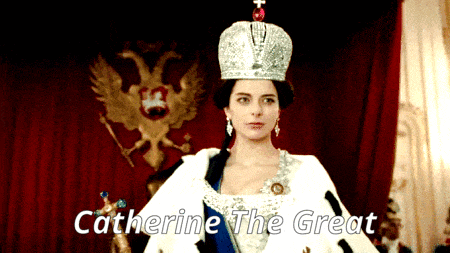
In Russian history only 3 monarchs earned title “The Great”:
Ivan the Great (Ivan III of Russia) (1440-1505) of the House of Rurik, (years of reign: 1462-1505), a Grand Prince of Moscow and Grand Prince of all Rus’.
Referred to as the “gatherer of the Rus’ lands”, he tripled the territory of his state, ended the dominance of the Golden Horde over the Rus’, renovated the Moscow Kremlin, and laid the foundations of what later became called the Russian state.
His second marriage to Sophia Palaiologina, a Byzantine princess and niece of the last Byzantine emperor, Constantine XI, brought Byzantine ceremonial and traditions to the Russian court. Moscow came to be referred to as the Third Rome with Moscow being seen as the true successor to Byzantium and, hence, to Rome.
Grandfather of the infamous Ivan IV of Russia (Ivan the Terrible), first Tsar of All Russias.
Peter the Great (Peter I of Russia) (1672-1725) of the House of Romanov, (years of reign: 1682-1725), first Emperor of Russia.
One of Russia’s greatest statesmen. Through a number of successful wars he expanded the country into a much larger empire that became a major European power. He led a cultural revolution based on The Enlightenment, created a strong navy, reorganized his army according to Western standards, secularized schools, introduced new administrative and territorial divisions of the country. He established the city of St. Petersburg on the Neva River and moved the capital there from its former location in Moscow. Shortly after, St. Petersburg was deemed Russia’s “window to Europe.”
After Peter’s death his second wife, Catherine, became the first female ruler in Russian history as Catherine I, Empress of Russia, though her reign lasted only 2 years. Their daughter, Elizabeth, also would ascend the throne as Empress and rule for 20 years.
Peter’s reforms made a lasting impact on Russia and many institutions of Russian government trace their origins to his reign.
Catherine the Great (Catherine II of Russia) (1729-1796) of the House of Romanov, (years of reign:1762-1796), Empress of Russia, the most renowned and the longest-ruling female monarch of Russia.
The country was revitalised under her reign, expanding rapidly by conquest and diplomacy, larger and stronger than ever as one of the great powers of Europe. Catherine reformed the administration of Russian guberniyas, and many new cities and towns were founded on her orders. She built new hospitals and schools, introduced a new legal code, and supported religious tolerance. Empress requested the construction of many academic buildings, for example, the first public library was made by her command. An admirer of Peter the Great, Catherine saw herself as his political heiress and continued to modernise Russia along Western European lines while pursuing her country’s interests.
She enthusiastically supported the ideals of The Enlightenment, and was an enthusiastic patron of literature, arts and education. She presided over the age of the Russian Enlightenment, a period when the Smolny Institute, the first state-financed higher education institution for women in Russia, was established.
The period of Catherine the Great’s rule, the Catherinian Era, is often considered the Golden Age of the Russian Empire.
1K notes
·
View notes
Text
“No la amabas, solamente no querías estar solo o simplemente, era buena para tu ego. O te hacía sentir mejor con respecto a tu lamentable vida. Pero no la amabas, porque uno no destruye a la persona que ama.”
— Grey’s Anatomy
784 notes
·
View notes
Photo
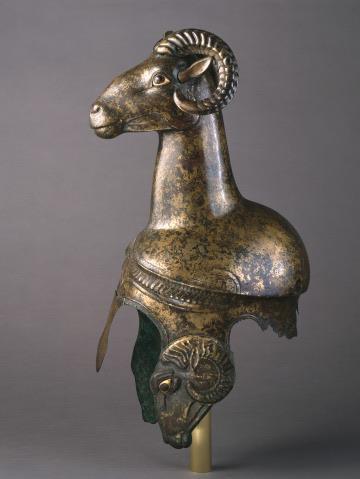
Greek helmet, Southern Italy, Archaic Period 525-500 BCE, Bronze with ivory and bronze restoration, probably ceremonial, St Louis Art Museum [360x479]
Source: https://reddit.com/r/ArtefactPorn/comments/fc1cps/greek_helmet_southern_italy_archaic_period_525500/
47 notes
·
View notes
Text
“Pensaba en ella con frecuencia, cada tarde esperaba que llamara, miraba el teléfono queriendo que sonara pero nunca sonó, me desvelé tantas noches a solas y no llegó, siempre quise buscarla pero quizás era mejor esperar por ella, a lo mejor con el tiempo ella iba a necesitarme; mi error fue quedarme con las ganas de ir por ella, pero su error fue esperar que la buscara después de haberse ido.”
— Marzo 9, 2017 (via literatura-cruda)
162 notes
·
View notes
Text
“No llores cielo, y vuelvete a enamorar.”
— Mago de Oz (via 5-km)
1K notes
·
View notes
Text
“Nudos en la garganta que parece que te ahorcáran”
— I’m EMA (via caos-literario)
4K notes
·
View notes
Text
“Espero que encuentres el amor en lo más profundo de tu tristeza, porque una vez que lo haces, no hay forma de mirar hacia atrás.”
— (via estrellas-sin-color)
15K notes
·
View notes
Text
“Te quiero, pero no atada a mí, te quiero libre, libre para elegir a quien querer.”
— Mayo 5, 2017 (via literatura-cruda)
408 notes
·
View notes
